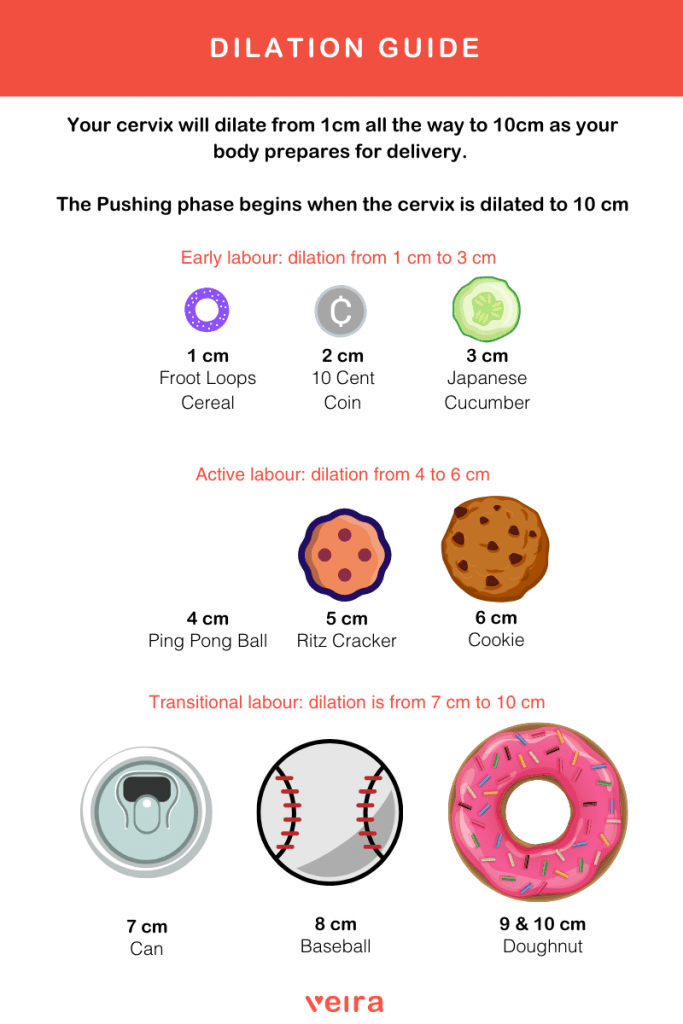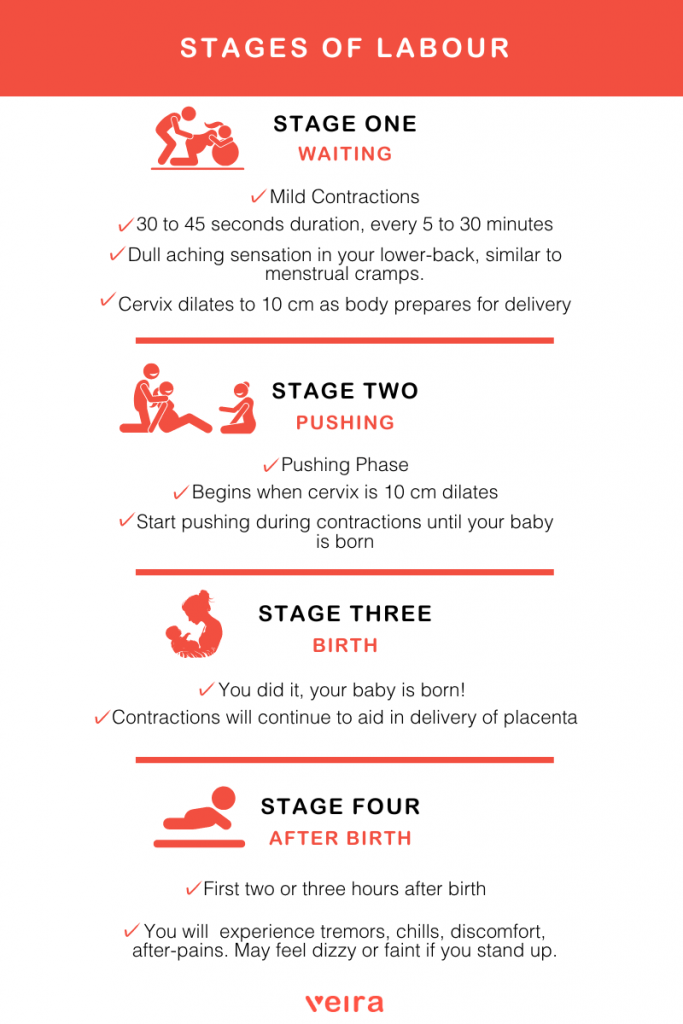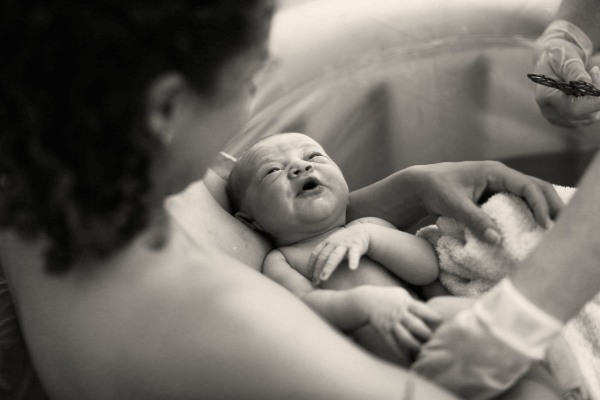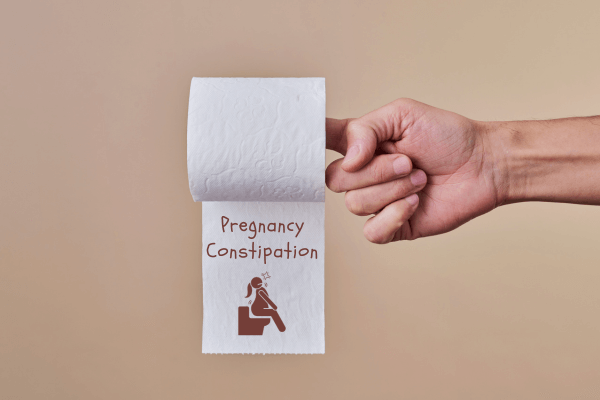Introduction
Birth used to traditionally be a community and family event and not a medical event like it’s now become. Yes, there are times when medical help is required but at its very core it is a normal function of the body – a process that unfolds given the proper preparation of the body and the mind, the right environment, and proper support. With the advent of hospitals and modern obstetric care, it has become more and more medicalized. And with all the medical rigmarole and jargon surrounding it, women often feel like disempowered subjects in their own labor and birthing process.
This post is a great starting point in understanding the basic physiology of a normal birth.
What is a normal birth?
A normal birth or delivery, alternatively referred to as a vaginal birth or vaginal delivery, pertains to the natural childbirth process in which the infant is delivered through the birth canal (vagina), without the aid of surgical procedures like a cesarean section (C-section).
What is the difference between a natural and a normal birth?
Physiologic or natural labor and birth represent a specific category of normal birth that follows an unhurried and well-supported progression, accompanied by less intrusive monitoring. In the natural birth approach, women undergo spontaneous labor and delivery without the use of an epidural or other obstetric interventions, unless dictated by medical exigency.
Why do we need to learn (and talk about) the physiology of a normal birth?
When you learn about the natural process of giving birth (the physiology of birth), and get familiar with it, you empower yourself with assurance and confidence in your own self and your body.
Informed decision making
In today’s birth culture, informed decision-making should be a gold standard of care that must be accessible to every birthing family. Right from the investigations i.e. the blood work and ultrasound scans in pregnancy, to learning, understanding, and tuning into your body & baby, waiting for labor to begin to going through the experience, and finally the postnatal recovery process – through each stage of the journey it is crucial that the birthing family, especially the mother be empowered with information, support, and the opportunity to make decisions for herself. It is the first step you take as a parent.
Seeking out a care provider who is well-versed in shared responsibility and facilitates true informed decision-making can create a powerful and joyful experience for the birthing family.
Birth as an experience
Every birthing experience is distinctive. It’s an experience uniquely woven into your cellular fabric, shared only by you, your baby, and your family. At the same time, childbirth is as universal as it is unique. As a mother embarking on this path, you can educate yourself, observe, read, and engage in discussions about childbirth. Learning about birthing helps demystify it, diminishes fear, and enables the birthing family to approach the process with confidence.
In conclusion, comprehending and openly conversing about the physiology of childbirth is crucial for your holistic well-being during this transformative period. It allows you to make informed decisions, acknowledge the sacredness of each birth experience, and foster confidence, ultimately nurturing a positive journey into parenthood.
Having set the context, let us first meet the key catalysts of the process:
Hormones – messengers that facilitate the process of a normal birth
Hormones are the all-important chemical messengers released in the body that orchestrate childbirth. The delicate balance and the dance between the different hormones guide the whole process with incredible precision – facilitating the rhythmic contractions and retractions of the uterus and moving the labor along in each stage as it progresses, while also helping the mother to deal with the rigors of labor and the baby to cope with being an active participant in the whole process. Hormones cross the placenta to the baby during labor and birth. This enables the baby to cope with the rigors of the contractions, get into an optimal position, fire the neurons in the brain, and prepare the lungs for birth – basically to prepare for life outside the womb.
While the intricacies of birth involve multiple hormones, the significant ones that impact you and your baby are discussed below.
- Oxytocin
Oxytocin or the hormone of love is a star player. It is released by the brain during lovemaking, breastfeeding, and during labor & birth. During birthing, oxytocin is responsible for the contractions of the uterus. It is released intermittently and this causes the mother to have a break between the contractions. The amount released in the body also increases gradually, causing an increase in the intensity, duration, and frequency of the contractions.
Oxytocin release in the mother’s body is facilitated by things like wholesome nutrition, good sunlight exposure and by being in a safe, private, calm, cozy, quiet, and dark environment. Just imagine the kind of space you need while making love. Birth is a similarly intimate experience and the birthing person needs to feel safe and secure for the hormone of love to work. In addition to the environment, having the loving support of your partner, knowing and trusting your birth team goes a long way in ensuring the optimal release of oxytocin.
- Endorphins
Endorphins are nature’s painkillers. They are responsible for the feeling of achievement and even euphoria after doing a physically arduous task like hiking or going to the gym. It gives the much-needed strength, and relief for the intensity of the pain-so that the mother can carry on until the baby is born. The endorphins are released from early labor and peak during birth.
Oxytocin and endorphins work synchronously and oftentimes the effect is that the mother goes into what is commonly called ‘labor-land’. Your hind-brain which further supports hormonal physiology is activated. Most women’s responses slowdown in physiologic labor, they dislike being asked too many questions. Leaving the mother as undisturbed as possible, further helps her.
- Stress hormones
Epinephrine, and norepinephrine are stress hormones that play a crucial role in labor and childbirth. When we perceive danger, these hormones are released, triggering the flight, fight, or freeze response. It is imperative for the mother to feel safe during this process, as hormones can slow down or even halt labor. This natural mechanism encourages the mother to seek a more secure environment, a behavior observed in the animal kingdom as well. However, during the second stage of labor, when the mother experiences a powerful urge to push with each contraction, these hormones surge to activate the mother’s senses so that she is ready and aware to receive her baby at birth.
Additionally, there are other hormones that work together to enable labor to unfold like melatonin, estrogen, progesterone, prolactin, insulin, serotonin, and prostaglandins.
The key factors in childbirth
The following P’s of childbirth are the main intrinsic and extrinsic factors with direct bearing on the journey the mother-baby dyad takes during labor and birth.
- Powers – the uterine contractions. The uterus is the most powerful muscle in the body. Rhythmic contractions which are an effect of the hormonal cascade, specifically oxytocin builds the fundus (the top part of the uterus) into a thick band, which gathers more power with each surge of hormones. Nutrition throughout the mother’s life, specifically in pregnancy nutrition can affect the efficacy of labor.
- Passage – the maternal pathway for birth through which the baby travels to be born. This is the mother’s pelvis, the pelvic floor muscles, tissues, and ligaments.
- Passenger – the baby is an active participant during birth. The position of the baby, the movements the baby makes to navigate the passage, and the changes in the baby’s body and mind are all relevant to this ‘P’.
- Pain – the much dreaded and feared part of childbirth. Changing the definition of pain for one’s self in pregnancy is essential to be able to cope with birth. Knowing the hormonal action in your body and the comfort tools (i.e. Breathing techniques, massage, water, a calm environment, dim lights, and low voices) can help you come up with an effective plan to deal with the pain.
- Psyche – The mother’s psyche is an integral part of the puzzle that needs to align for birth to unfold. To this end, an environment, in which the birth team is supportive and in tune with the mother’s specific needs plays a fundamental role.
- Provider – The provider ensures the safety and the normalcy of the process based on their experience and skills. A supportive and compassionate birth team that understands physiology can be invaluable guides that walk alongside the mother throughout her birthing journey.
- Preferences – a mother and her partner will be faced with decisions during the birth process that needs to be backed up with informed consent after weighing the various pros and cons. There is a shared responsibility of the mother with her birth team during such crossroads in this journey. Apart from this the family’s ethnocultural background must be honored by the caregivers with sensitivity and respect.
- Progress – how much relevance and importance should be given to time? Birth is usually a slow, gentle process. As long as there is progress, both the mother and baby are well and healthy, hence the entire team just needs to be patient and let the process unfold as per the mother’s preferences.
The stages of Labor
Labor is a complex and multi-stage process that culminates in the birth of a baby. While medical literature has tried to classify it in different stages and phases, do keep in mind that there are many times these distinctions are not always discernible. Each birth, mother, and baby are unique. However, for the ease of understanding the process, we have described what is commonly referred to by many care providers and families to ascertain progress in childbirth.
Stage 1: Early Labor and Active Labor
Early Labor: This is the initial phase of labor when the cervix (the mouth of the uterus or womb) begins to soften, thin out (efface), and dilate (open). Contractions are regular, mild, usually easy to cope with and can vary in duration and intensity. Early labor can last for several hours or even days. The average length of early labor is about 12-24 hours. Most women in early labor can carry on with their daily routines or sleep through the contractions at night.
Active Labor: As the name suggests, it is a time in labor for the mother to get active. The cervix has changed significantly. The hormone levels have increased, and usually during this stage, women enter an altered state of consciousness, described above as “labor-land.” During this stage, contractions become stronger, more frequent, and are more regular. The cervix continues to open, and contractions usually last around 60 seconds with a 3–5-minute interval. Active labor is a good time to go to the hospital or birthing center or call your birth team, in case of a home birth. On average, active labor lasts for about 6-12 hours. This time of labor is the time to use as many comforting measures to deal with the contractions, to establish a rhythm of relaxation.
Transition: Again, as the name indicates, this is the most transformative and oftentimes the most difficult phase of labor. It is also the shortest phase, lasting on average for 5-30 minutes. Most mothers need a lot of encouragement and support as the last part of the cervix opens up and the baby gets ready to descend further down the birth canal. Contractions are powerful and frequent, lasting for about 60-90 seconds coming every 2-3 minutes.

Stage 2: Second Stage
As the labor progresses, this stage is accompanied by a strong urge to push with each contraction. The pain as experienced in stage one goes away and is replaced by intense pressure. The contractions space-out, coming every 5 minutes or so, lasting for 60-90 seconds. On average this stage can last for 2-4 hours. As the baby navigates the pelvic outlet and the pubic bone, their head starts to gently stretch all the muscles and widen the vaginal opening. At the culmination of this stage, the baby is born.
Stage 3: Third stage
After the baby is born, the uterus continues to contract, causing the placenta to separate from the uterine wall. This stage involves the birth of the placenta, which usually takes anywhere from 5 to 30 minutes.

Conclusion
As we delve into the intricate processes that unfold during the transformative journey that is birth, we gain a deeper appreciation for the remarkable capabilities of the mother and baby. Each birth story is unique, and the physiological experience has wide variations. The wonder of childbirth lies not only in its physiological intricacies but also in the profound emotional and spiritual connections that it fosters.
How Veira Life can help you as you prepare for this magical journey in your life
At Veira we are dedicated to supporting you throughout your journey into parenthood. Our coaches are compassionate and certified doulas, midwives, and lactation counselors with years of experience supporting couples as they navigate the parenthood transition.
When you register on the Veira Life platform you are paired with a coach that is best suited to support you given the phase you are in and the challenges you need help with. Your coach is available to answer any questions you have, ease your anxieties, and even help preempt the issues coming your way. Whether it be preparing for your next prenatal appointment or crafting a birth plan or learning about the various pain relief and comfort techniques for labor, your Veira Coach will be at hand with suggestions and information tailored to your needs and preferences. Register and receive the right support to help you along on this amazing journey.

Author Bio
Chetana is a skilled and passionate Childbirth Educator trained in the Lamaze philosophy of childbirth preparation. She is also a Lactation Educator-Counselor and practicing midwife. She has developed a holistic childbirth preparation course which she has delivered to hundreds of families and has founded a highly rated natural birth center in Bangalore, India. She has over 11 years of experience supporting families through their journey and transition into parenthood.
FAQs
A normal birth or delivery, is the natural childbirth process in which the infant is delivered through the birth canal (vagina), without the aid of surgical procedures like a C-section.
Normal Birth is considered safest for the majority of pregnancies whereas the incidence of complications in C-sections have been rising over time. Low-risk pregnancies often lead to uncomplicated outcomes and lend themselves well to a normal birth
The pain experienced during normal delivery varies widely among individuals. Labor pains are typically intense but manageable with pain relief options like massages, breathing techniques, and supportive care.
Unless there is a complication that requires a C-section, in most cases normal delivery is a better choice. It has lower risk of blood loss, infections, and medication-related issues, promotes breastfeeding and immediate mother-baby contact, and assists in lung fluid clearance. Hormonal exchange and beneficial bacteria from the mother’s birth canal that populate the baby’s nose, mouth, and digestive system, boost the baby’s immune system.







